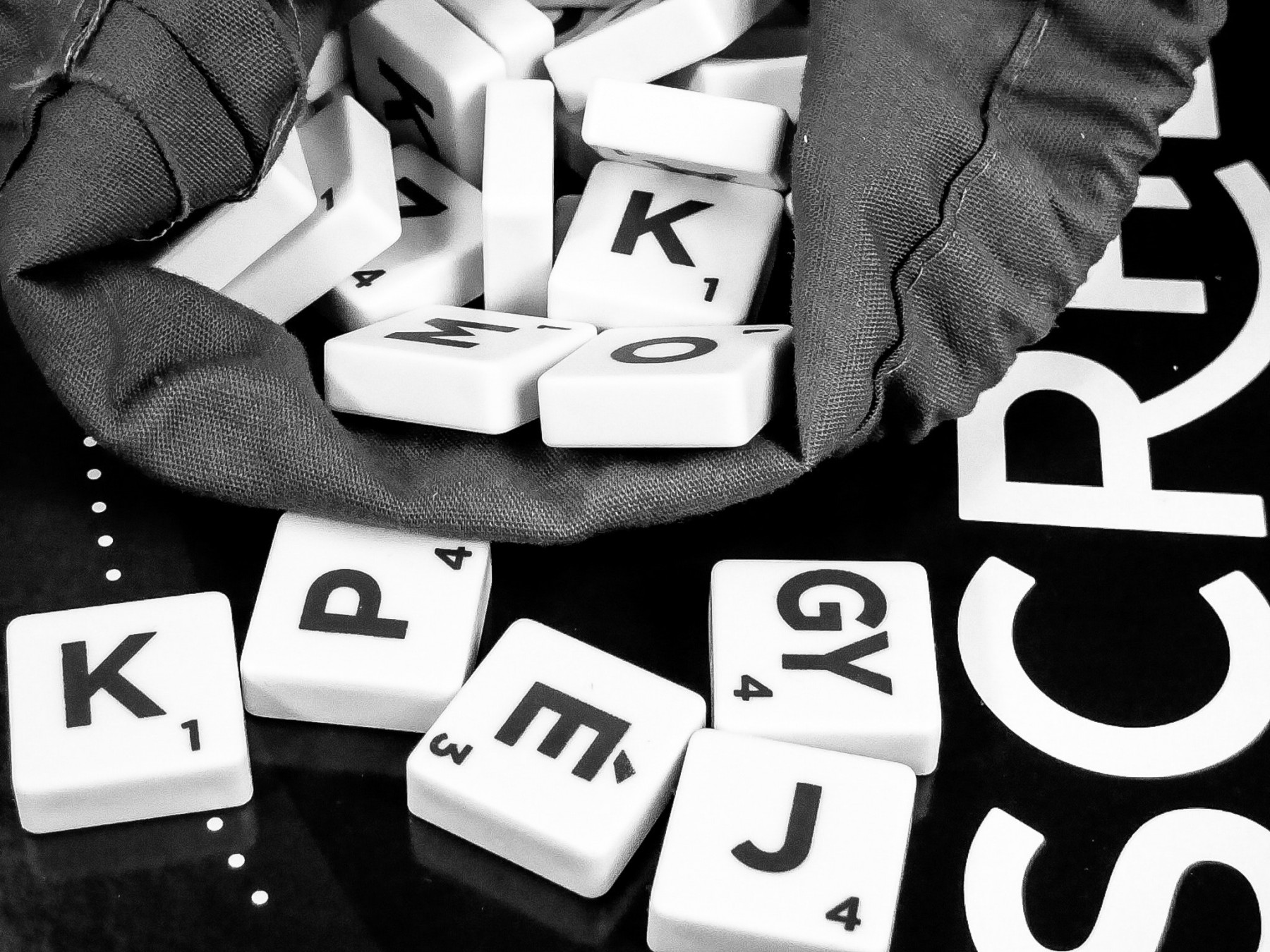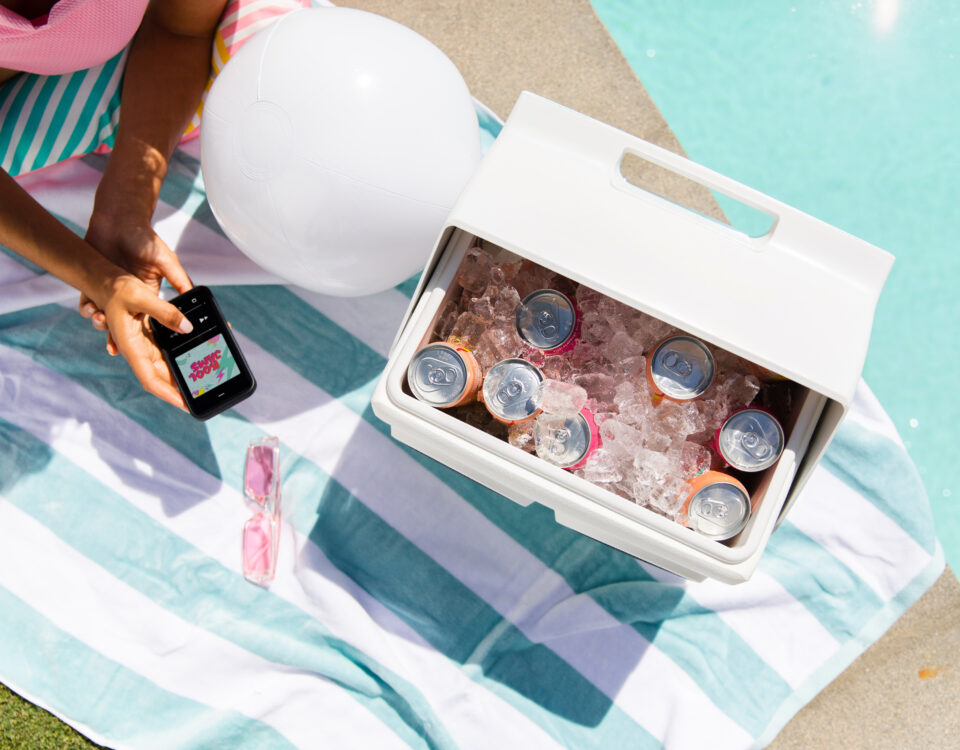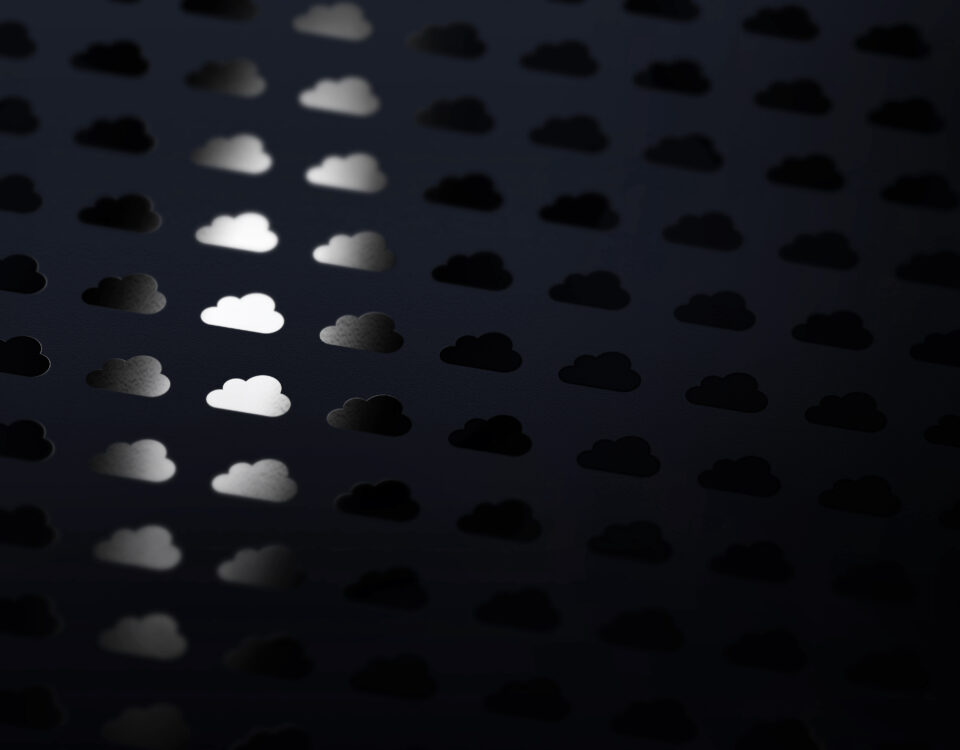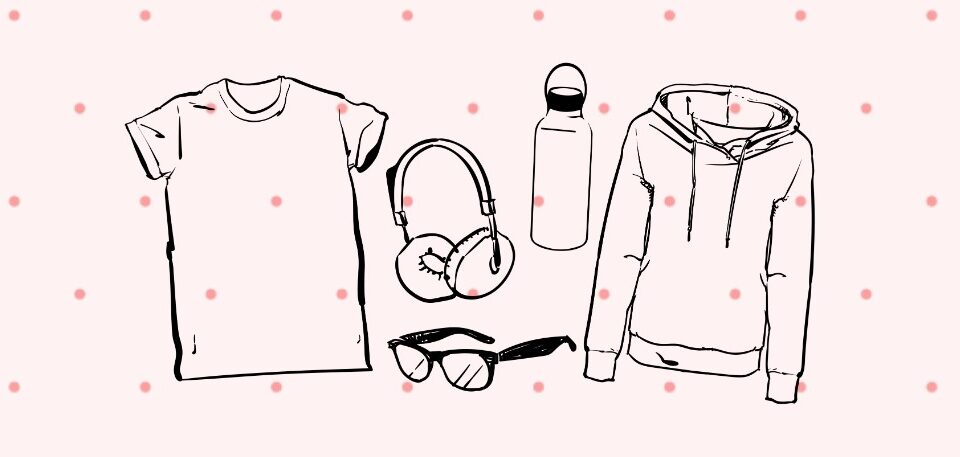Personalized Content Marketing
August 7, 2018
Stress Free Print Buying
October 12, 2018Are Your Fonts Like a 1970s Suit?
On one hand, using multiple fonts in a print layout can open you to a world of creativity. On the other hand, if you use too many fonts (or if the fonts you choose don’t work well together), you don’t end up with creativity. You end up with a mess.
Type often obeys the law of engineering “form follows function.” That is, a typeface should be appropriate to what the typesetter designed it to do. At the same time, that form needs to be aesthetically pleasing. The basis of good typographic design is balancing the two.
For example . . .
Bell Gothic was designed in 1938 to improve the legibility of phone directories, as well as provide economy of space.
Frutiger was designed to make airport signage easy to read from a distance.
Courier inspires a sense of nostalgia.
When choosing a font, choose a font appropriate to the task at hand. Think of fonts like clothing. What we wear should be appropriate to the weather as well as to the context (formal versus casual), but also be attractive. Likewise, some fonts look dated and scream “1970s,” the typographic equivalent of a plaid leisure suit.
Like everything else, typefaces go in and out of fashion. While it’s tempting to think that no one really pays close attention to fonts, there is often a subconscious visceral reaction to bad type, not unlike the subconscious reactions that we have to poor color combinations or out-of-date clothing.
Understanding how font choices affect the perception and reception of documents is one of the crucial elements to good design. You should not treat it lightly. If you need help, just ask. You can use one of our in-house designers or we can recommend a good designer to assist you.




